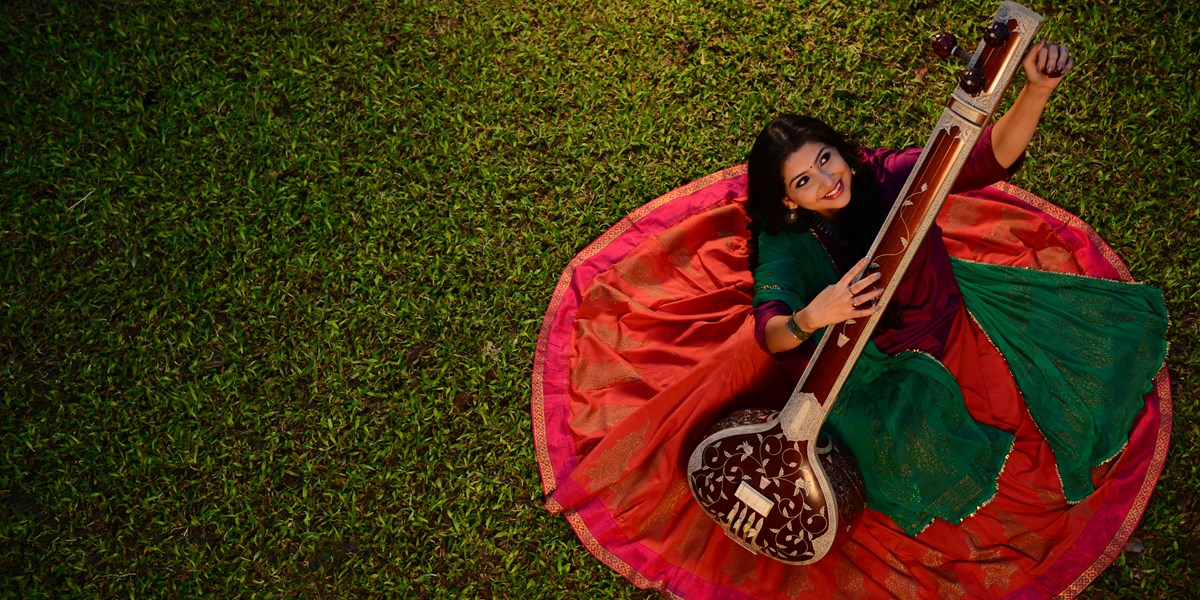Monday, February 12, 2018
Kaushiki Chakrabarty interview: "when I sing, I feel a kind of bliss comes over me"
Khayal singer Kaushiki Chakrabarty speaks to Jameela Siddiqi about her demanding yet expressive North Indian classical vocal style and how she got her remarkable start in this mainly masculine genre

©Parimal Maity

Register now to continue reading

Thanks for visiting the Songlines website, your guide to an extraordinary world of music and culture. Sign up for a free account now to enjoy:
- Free access to 2 subscriber-only articles and album reviews every month
- Unlimited access to our news and awards pages
- Our regular email newsletters

